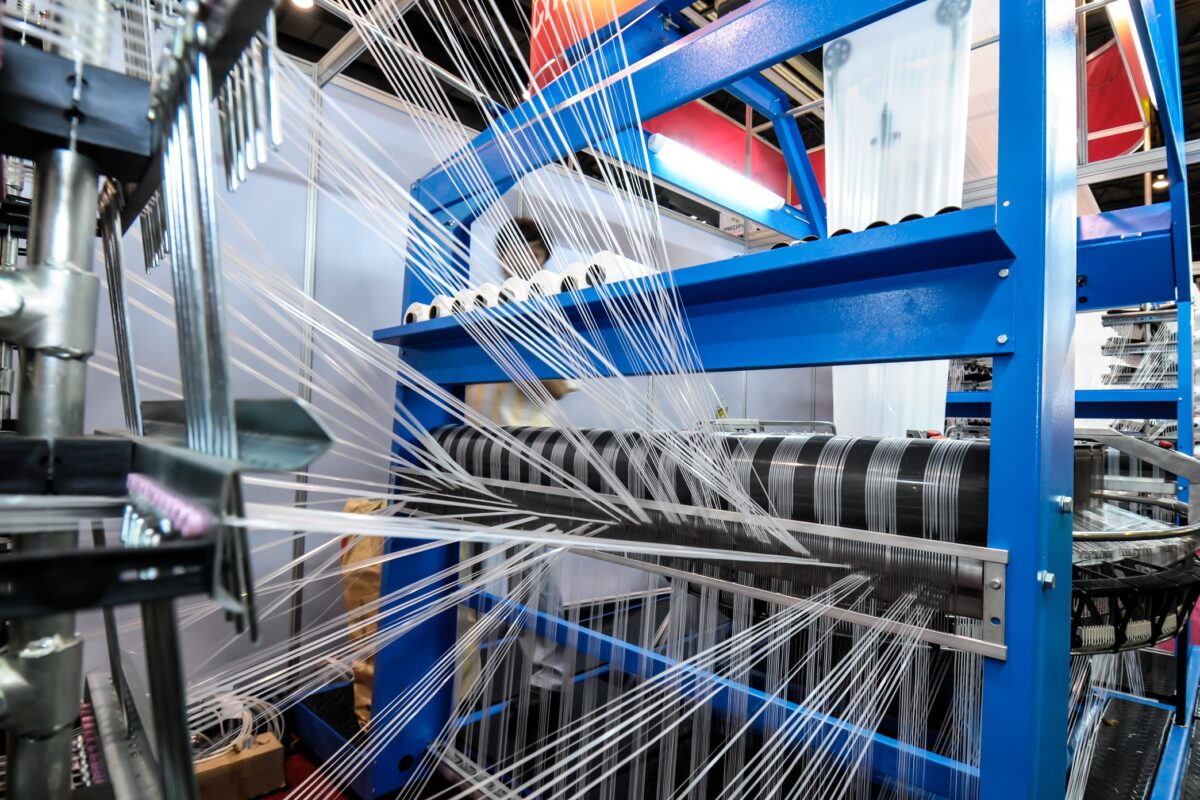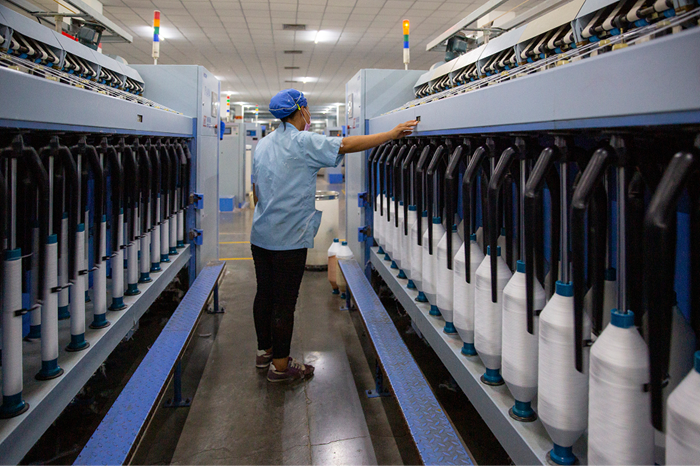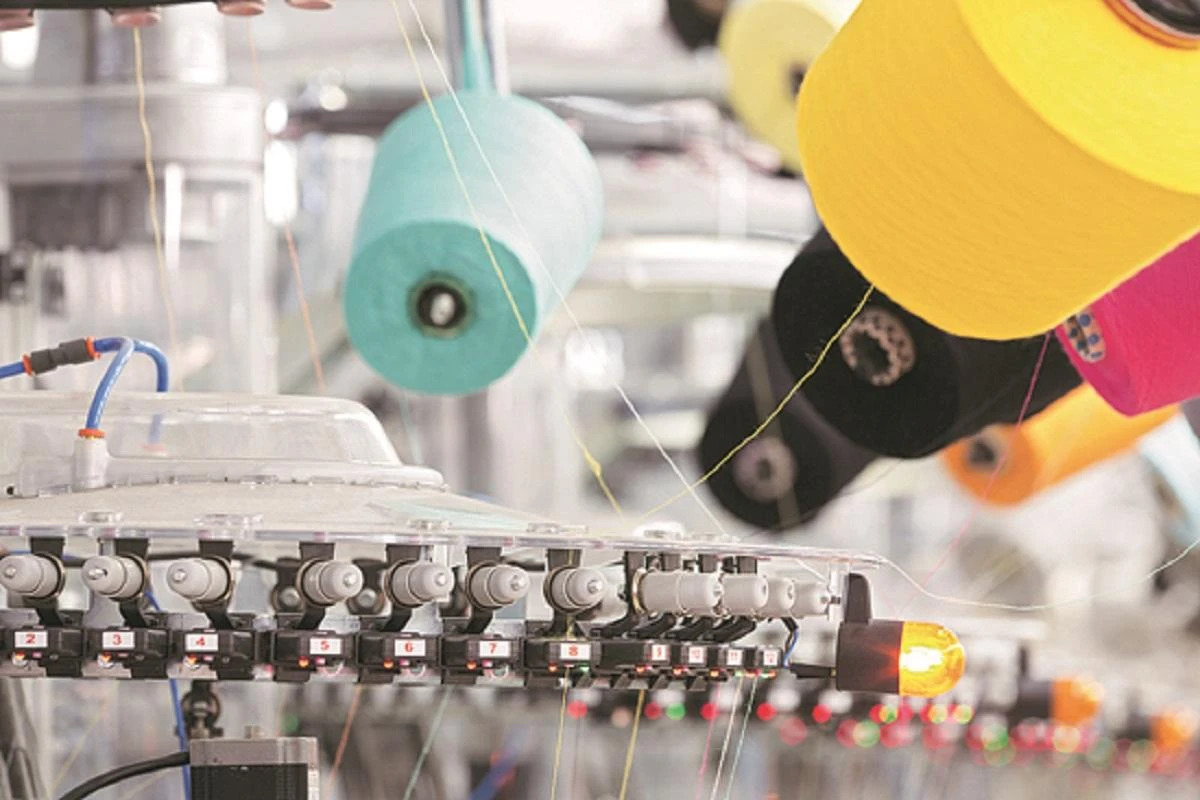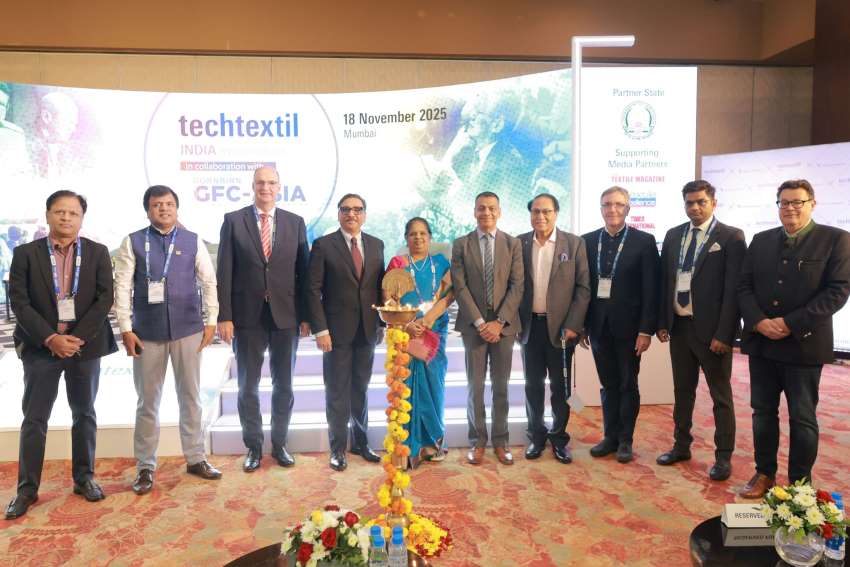A research team led by faculty at Binghamton University, State University of New York, has developed a textile-based, bacteria-powered biobattery that could someday be integrated into wearable electronics. The team, led by Binghamton University Electrical and Computer Engineering Assistant Professor Seokheun Choi, created an entirely textile-based biobattery that can produce maximum power — the same as that produced by his previous paper-based microbial fuel cells.
These biobatteries are said to exhibit stable electricity-generating capability when tested under repeated stretching and twisting cycles. Seokheun Choi said that this stretchable, twistable power device could establish a standardised platform for textile-based biobatteries and will be potentially integrated into wearable electronics in the future. “There is a clear and pressing need for flexible and stretchable electronics that can be easily integrated with a wide range of surroundings to collect real-time information. Those electronics must perform reliably even while intimately used on substrates with complex and curvilinear shapes like moving body parts or organs. We considered a flexible, stretchable, miniaturised biobattery as a truly useful energy technology because of their sustainable, renewable and eco-friendly capabilities. Compared to traditional batteries and other enzymatic fuel cells, microbial fuel cells can be the most suitable power source for wearable electronics because the whole microbial cells as a biocatalyst provide stable enzymatic reactions and a long lifetime,” Choi noted.
Sweat generated from the human body can be a potential fuel to support bacterial viability, providing the long-term operation of the microbial fuel cells. Choi elaborated, “If we consider humans possess more bacterial cells than human cells in their bodies, the direct use of bacterial cells as a power resource interdependently with the human body is conceivable for wearable electronics.” This work was supported by the National Science Foundation, the Binghamton University Research Foundation and a Binghamton University’s Analytical and Diagnostics Laboratory’s Grant.












